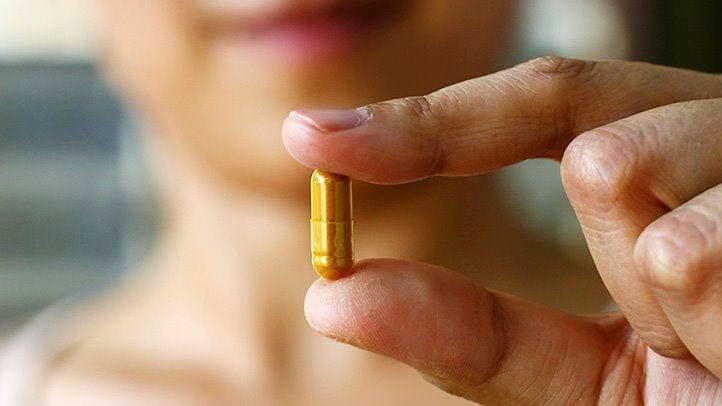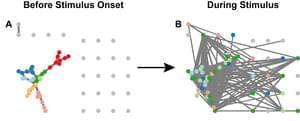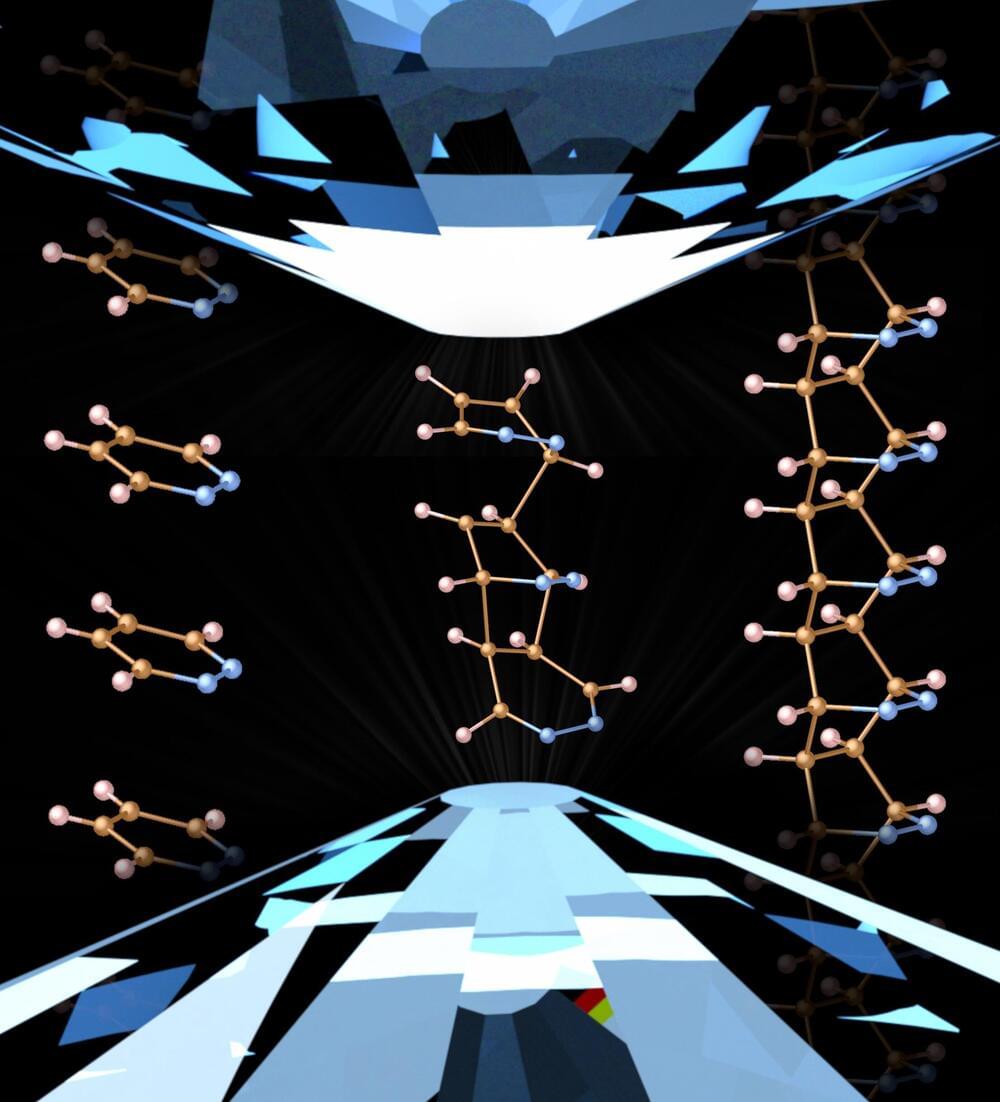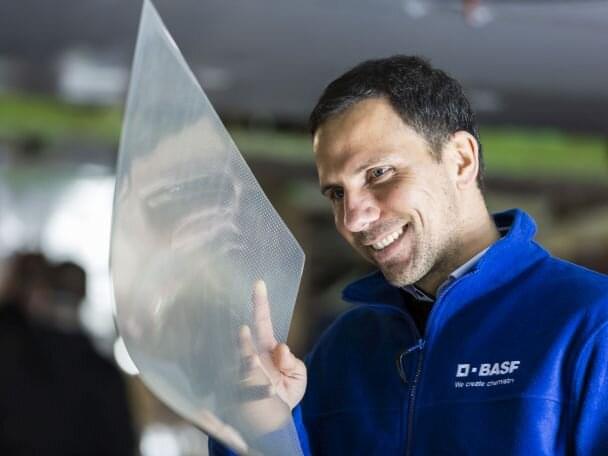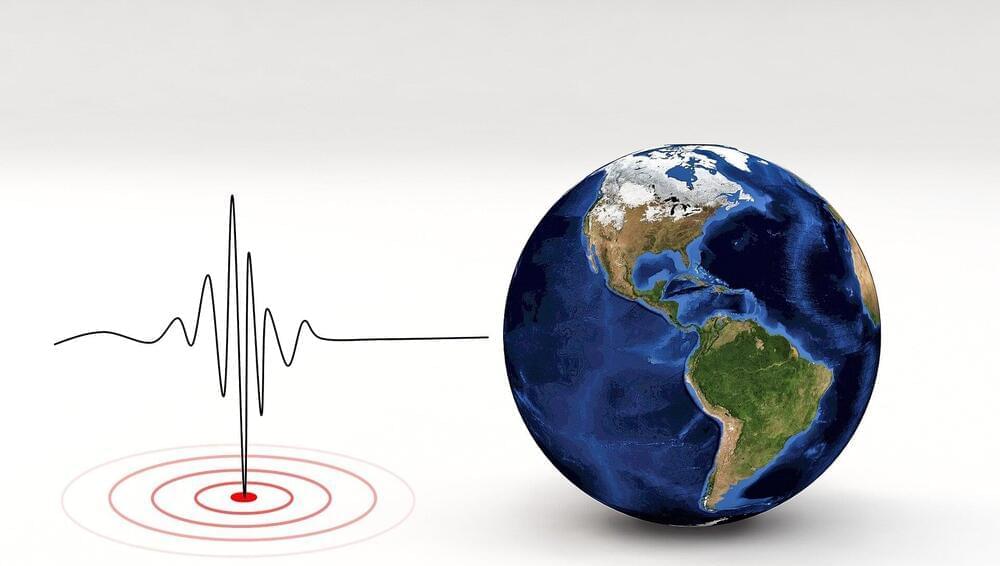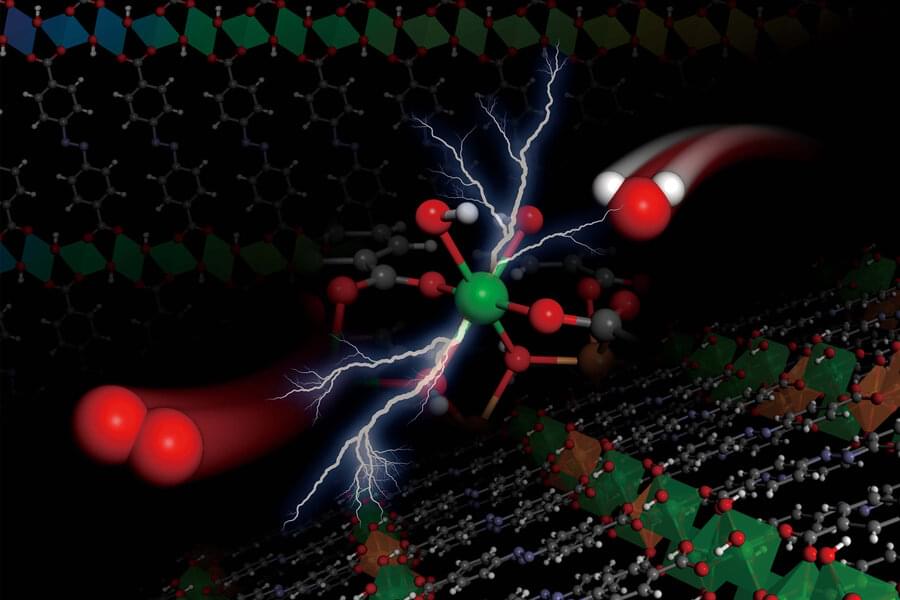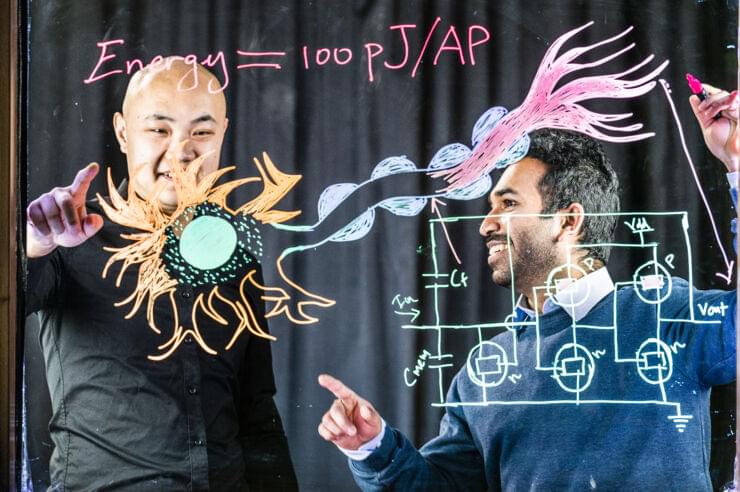Mar 3, 2022
What might explain Huntington’s Disease?
Posted by Len Rosen in categories: biotech/medical, chemistry, health, neuroscience
Could 2 B vitamins help those suffering with Huntington’s Disease?
T he Huntington’s disease (HD) community has recently experienced setbacks, but a new research report may reignite hope, from an unexpected source: the vitamin thiamine (B1), with help from biotin (B7). The investigators, from several institutions in Spain and UCLA, write in Science Translational Medicine, “Together, these results demonstrate a thiamine deficiency in HD brain and suggest that individuals with HD might benefit from thiamine and/or biotin supplementation therapy.”
Health care providers may suggest certain supplements for HD patients, based perhaps on a deficiency (vitamins C, B12, E) in the blood, or for general health. But the new findings are different. The researchers didn’t set out to detect a vitamin deficiency, but instead probed the messaging within cells in the HD brain, which led them to a biochemical juncture that revealed the thiamine/biotin connection.
Continue reading “What might explain Huntington’s Disease?” »
